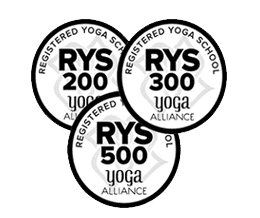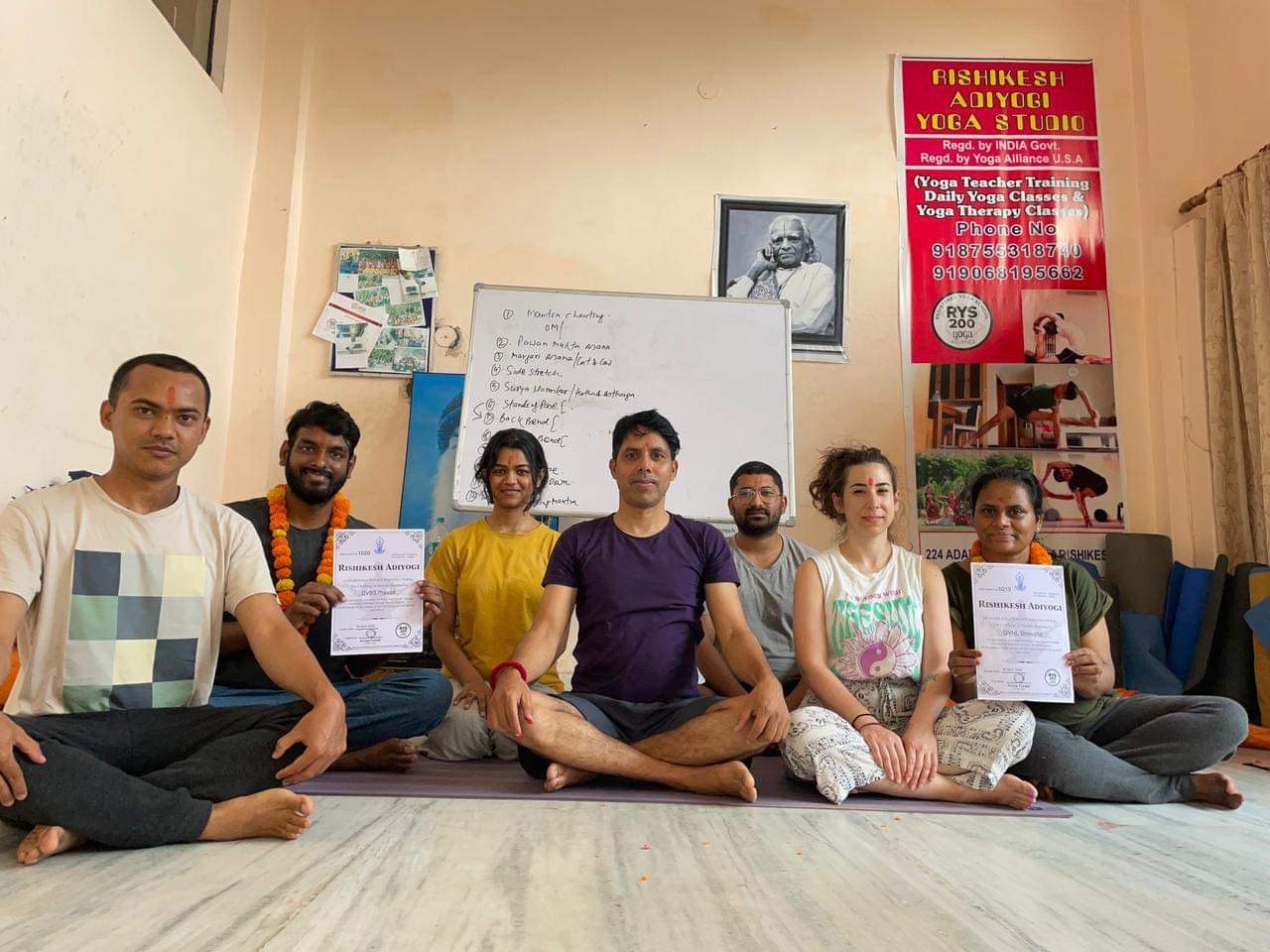5 Yoga Tips for Anxiety & Depression
In our busy world, lots of people feel worried and unhappy sometimes. But guess what? Yoga can help! Yoga is like a special way of moving your body and calming your mind. yoga offers 5 yoga tips for Anxiety & Depression, a natural and effective way to alleviate these conditions. By combining physical postures, controlled breathing, and meditation When you put these three things together, it’s like a secret recipe to make your mind feel better. Let’s explore these five tips for using yoga to feel less worried and less sad.
How can I use mindful breathing in yoga to ease anxiety and depression?
Mindful breathing lies at the very core of a successful yoga practice when it comes to addressing anxiety and depression. This foundational technique revolves around the conscious, deliberate control of your breath, offering a powerful tool to soothe the nervous system and promote a deep sense of relaxation.
To initiate this practice, you can explore the art of Pranayama, a well-regarded breathing exercise. Pranayama entails inhaling deeply through your nostrils, counting to four during the inhalation phase. Following this, you hold your breath for a count of four, and then exhale for another count of four. This simple yet potent exercise can have an immediate impact, working like a soothing balm to alleviate feelings of anxiety and provide you with a valuable means of emotional self-regulation.
Think of mindful breathing as your anchor amidst life’s storms, helping you find tranquility in the midst of chaos. It empowers you to tap into the healing potential of your own breath, enabling you to regain a sense of control over your emotional state, even in the face of anxiety and depression challenges.
Learn more about some benefits of yoga for anxiety: Exploring the benefits of yoga for anxiety & depression.
Which yoga poses help relieve stress, anxiety, and depression?
Yoga offers a treasure trove of specific poses, known as asanas, which are thoughtfully designed to alleviate stress and anxiety, working like soothing remedies for your mental well-being. Here’s a selection of these poses that you can incorporate into your practice:
1. Child’s Pose (Balasana): This asana is like a cozy retreat for your body and mind. When you ease into Child’s Pose, you surrender to gravity, allowing your body to sink gently towards the earth. This promotes an immediate sense of relaxation and helps release tension, akin to a warm embrace enveloping you.
2. Downward-Facing Dog (Adho Mukha Svanasana): Imagine this pose as a full-body stretch with a bonus dose of mental tranquility. As you extend your body into the shape of an inverted V, not only does it engage and stretch your muscles, but it also encourages you to focus on your breath and the present moment, like a mindful pause in the midst of life’s rush.
3. Bridge Pose (Setu Bandha Sarvangasana): This asana is your gateway to emotional balance. By opening up your chest and hip flexors, it’s akin to unlocking a pathway to relaxation. Moreover, it enhances circulation, contributing to an overall sense of well-being, much like a gentle stream nourishing your inner garden of calm.
4. Corpse Pose (Savasana): Consider Savasana as the sweet dessert to conclude your yoga session. It’s a pose of deep relaxation, encouraging your mind to find tranquility. Often practiced at the session’s end, it allows you to integrate both the physical and mental benefits of your practice, like a harmonious symphony of body and mind coming to rest.
Incorporating these asanas into your yoga routine is like adding tools to your mental health toolkit. They serve as powerful aids in your quest to alleviate stress and anxiety, offering you moments of serenity and rejuvenation in the midst of life’s demands.
How to stick to a consistent yoga practice for anxiety and depression?
Consistency is the secret sauce when it comes to reaping the full therapeutic benefits of yoga in managing anxiety and depression. Think of it as a dependable friend who’s always there for you. To make the most of 5 yoga tips for enhancing your mental well-being, it’s essential to establish a dedicated practice routine.
Start by setting aside a particular time each day or week, much like scheduling an important meeting with yourself. Even dedicating just 15 to 30 minutes to your practice can yield remarkable improvements in your mood and overall mental well-being. It’s akin to a short and revitalizing break for your mind. Consistency in your yoga practice is akin to training your mind and body with these 5 yoga tips. Over time, it helps them become more familiar with the techniques you’ve learned, making it easier to access a sense of calm and balance when faced with the challenges of anxiety and depression. So, make consistency your ally on this journey towards improved mental health through yoga and these valuable 5 yoga tips.

How to meditate and practice mindfulness in 5 yoga tips for anxiety?
Meditation and mindfulness are like superheroes in your battle against anxiety and depression. These powerful tools can help manage and ease the symptoms of these conditions. Here’s how to make them a part of your life:
After finishing your physical yoga practice, take a few minutes for meditation. Find a quiet spot, sit comfortably, and pay attention to your breath. You can also use guided meditation apps to help guide you into a calm and centered state of mind. It’s like a mental reset button.
But don’t stop there! Mindfulness should be your sidekick throughout the day. Try to stay fully present in every moment. It’s like turning on a mental flashlight that can cut through anxious thoughts and bring mental clarity. By incorporating mindfulness into your daily life, you can experience a significant reduction in anxiety and a clearer, calmer mind.
When to seek professional help with yoga for anxiety?
While yoga can be a game-changer on your path to better mental health, it’s crucial to understand its role within a broader treatment plan. Think of it as a vital piece of the puzzle. To create a well-rounded strategy for managing anxiety and depression, it’s wise to consult a healthcare professional like a therapist or psychiatrist.
Together with these experts, you can craft a holistic approach tailored to your needs. Yoga isn’t a standalone solution, but rather a powerful complement to conventional treatments. It acts like a trusty companion on your journey towards well-being. When combined with therapies, medications, or other personalized interventions, 5 yoga tips becomes an invaluable self-care tool, contributing to your overall mental health and helping you find balance and peace in your life.
Conclusion
In conclusion, yoga is a precious tool for anyone looking to ease the burdens of anxiety and depression. By weaving mindful breathing, stress-reducing poses, and consistent practice into your routine, and by embracing meditation and mindfulness, you can construct a powerful and well-rounded approach to conquer these mental health challenges. these 5 yoga tips for Anxiety & Depression to help you overcome anxiety and depression.
It’s important to remember that healing isn’t an instant process; it’s more like a journey. So, be kind and patient with yourself as you navigate this path towards enhanced mental health through 5 yoga tips. With determination and regular practice, you can discover a sense of balance, tranquility, and inner strength that will help you weather life’s storms.




